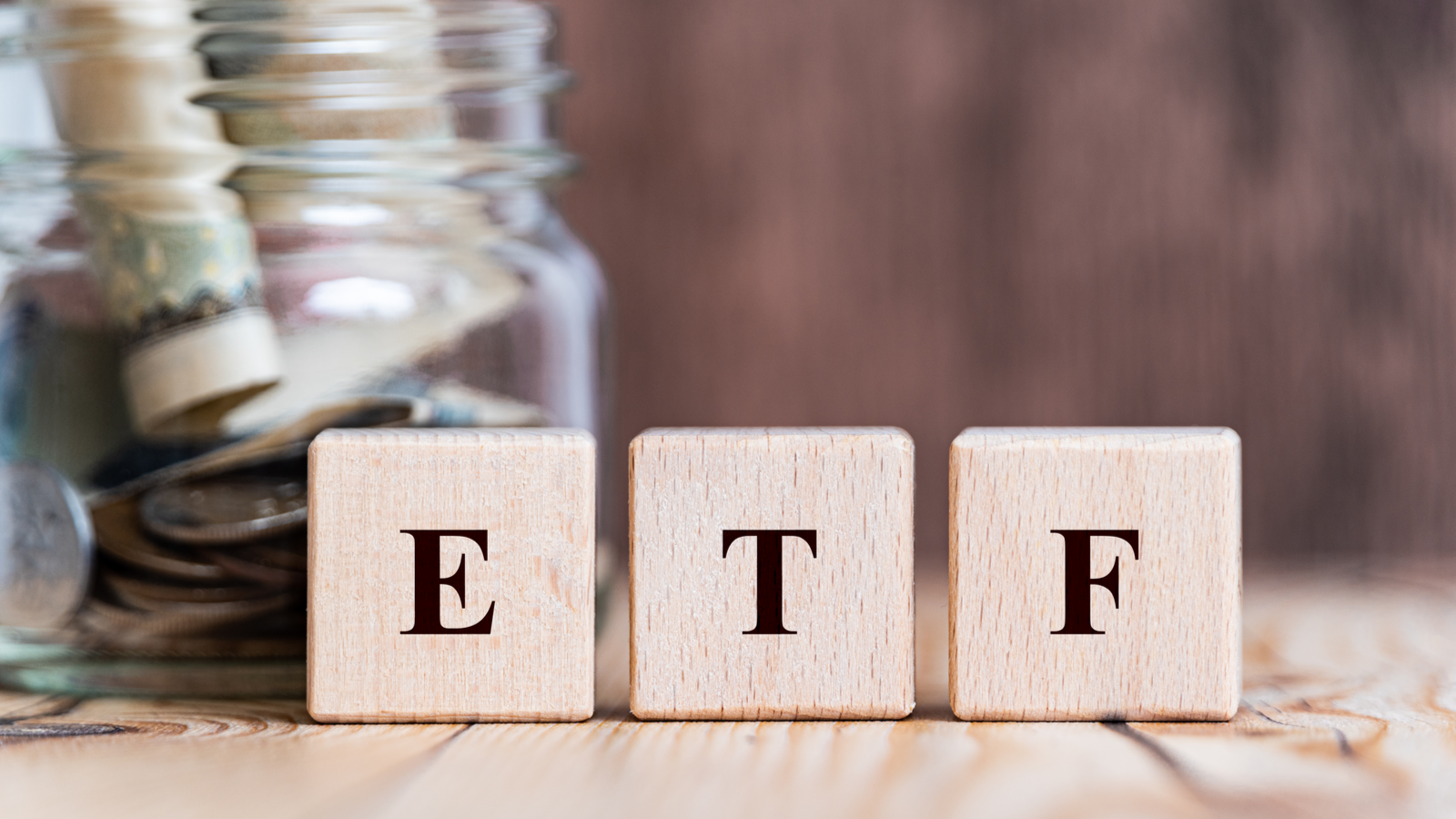
Investors don’t have to pick the best stocks to outperform the market. Some exchange-traded funds can do it for them. These funds have specified objectives that may align with your financial goals. Investors who want to retire soon may aim for an income-oriented ETF. However, investors who want higher returns may gravitate toward growth ETFs.
Wondering which ETFs give you a better chance of outperforming the stock market? These ETF elites have delivered in the past, and it looks like they can continue to thrive.
Invesco QQQ Trust Series 1 (QQQ)
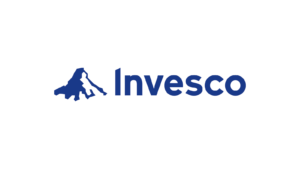
Invesco QQQ Trust Series 1 (NASDAQ:QQQ) gives investors exposure to the Nasdaq-100. That means investors get plenty of exposure to mega cap tech companies. The fund also has a large concentration in the technology industry.
QQQ has generated 369% more returns than the S&P 500 since its inception in 1999. It’s also outperformed the S&P 500 in nine of the past 10 years. Investing $10,000 in this fund a decade ago would have resulted in a $55,055 portfolio.
The ETF continues to perform well as artificial intelligence pushes many tech companies to all-time highs. It’s up by 14% year-to-date and has gained an impressive 163% over the past five years. QQQ only has a 0.20% expense ratio and comes with a 35 P/E ratio.
Most Wall Street analysts are feeling optimistic about QQQ. The fund has 87 “Buy” ratings and “15 “Hold” ratings, giving it a consensus “Moderate Buy” rating. The average price target implies an 11% gain from current levels.
Vanguard S&P 500 ETF (VOO)

You don’t have to beat the market to reach your long-term financial goals. Following a broad index like the S&P 500 can work out too, and the Vanguard S&P 500 ETF (NYSEARCA:VOO) puts that theory to the test.
VOO is up by 12% year-to-date and has gained 92% over the past five years. The 4-star fund also has an annualized return of 12.84% over the past ten years. It follows the 500 largest publicly traded corporations. The S&P 500 has several stipulations in place to limit which companies can enter the index. For instance, companies must be profitable to make it on the famed index.
The Vanguard S&P 500 ETF follows the popular index while offering a 30-day SEC yield of 1.36%. More than a quarter of the fund’s total assets are in the Information Technology sector. Financials are the second largest sector with 13.10% of the fund’s total assets.
Schwab U.S. Large-Cap Growth ETF (SCHG)
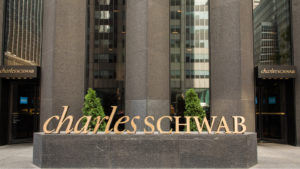
The Schwab U.S. Large-Cap Growth ETF (NYSEARCA:SCHG) uses the Dow Jones U.S. Large-Cap Growth Total Stock Market Index as its benchmark. The fund prioritizes large-cap U.S. equities and has the Magnificent Seven stocks filling its top positions. SCHG has been around since 2009 and has $28.5 billion in assets under management.
The fund has a reasonable 0.04% expense ratio, which means you’ll keep most of your gains. Speaking of gains, the fund has produced plenty of them over the years. A 17% year-to-date gain and a 5-year gain of 146% are enough to draw investors’ attention, but the long-term picture is even more optimistic.
The Schwab U.S. Large-Cap Growth ETF has an annualized return of 15.08% over the past 15 years. That historical return and the 250 holdings in the ETF have made it a 5-star Morningstar fund. Analysts have rated the fund as a “Strong Buy” with a projected 12% upside.
Vanguard Growth Index Fund (VUG)

The Vanguard Growth Index Fund (NYSEARCA:VUG) also has a “Strong Buy” rating and a projected 12% upside. More than 170 of the 201 analysts believe the stock is a “Buy.” It doesn’t have any “Sell” ratings.
This growth ETF has a 0.04% expense ratio and a 30-day SEC yield of 0.47%. The yield alone is enough to cover the expense ratio, and the fund has strong returns to make it worthwhile. It has an annualized return of 15.30% over the past five years and 15.08% over the past 15 years.
VUG prioritizes large-cap growth stocks and has the Magnificent Seven stocks among its top holdings. Technology is the biggest sector and consists of almost half of the fund’s assets. Consumer Cyclical is a distant second, comprising of14.86% of the fund’s total assets. Basic Materials, Real Estate, Energy, and Utilities each have less than 2% of the fund’s total assets.
Invesco S&P 500 Top 50 ETF (XLG)
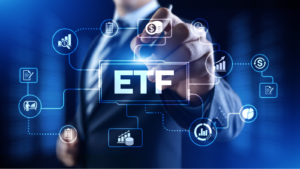
Have you ever wondered if focusing on the best of the best will lead to better results? The people behind the Invesco S&P 500 Top 50 ETF (NYSEARCA:XLG) took this question to heart. This fund only has the Top 50 S&P 500 stocks rather than all 500 of them. It’s a good spin on Pareto’s Principle which states that 80% of the restyle comes from 20% of the holdings.
It’s worked out quite well for investors. XLG is up by 16% year-to-date and has gained 120% over the past five years. Just like most of the other top-performing ETFs, most of XLG’s assets are allocated toward the Magnificent Seven. The fund has a 0.20% expense ratio and a 30-day SEC yield of 0.89%.
XLG currently has a “Strong Buy” rating among 54 analyst ratings. Only six analysts rated it as a “Hold” and none of them rated the fund as a “Sell.” The average price target suggests a 12% upside from current levels.
Vanguard Mega Cap Growth Index Fund ETF (MGK)
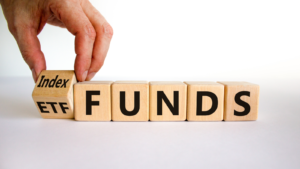
The Vanguard Mega Cap Growth Index Fund ETF (NYSEARCA:MGK) has $18.1 billion in assets under management and prioritizes mega-cap stocks like the Magnificent Seven. The fund has a 0.07% expense ratio and impressive long-term returns.
The fund has had a 12.34% annualized return over the past decade, and it’s still been performing well in recent years. It’s up by 16% year-to-date and has gained 143% over the past five years. MGK offers exposure to 79 stocks and trades at a 36 P/E ratio. More than half of the fund’s total assets are allocated toward tech stocks. Consumer Discretionary is in second place with 21.60% of the fund’s total assets. Industrials (7.00%) and Health Care (6.90%) are the only two other sectors worth mentioning for this fund.
MGK is rated as a “Strong Buy” among 81 analysts. Only 11 analysts rated the fund as a “Hold” while every other analystgave it a “Buy” rating. The average price target implies a 13% upside from current levels.
iShares Russell 1000 ETF (IWB)

The iShares Russell 1000 ETF (NYSEARCA:IWB) gives investors exposure to 1,000 domestic stocks and prioritizes large and mid-cap corporations. It has a 0.15% expense ratio and has delivered a 90% return over the past five years. The fund is also up by 11% year-to-date.
IWB is also a solid performer over lengthier time horizons. The fund has an annualized return of 14.66% over the past 15 years. Although the fund offers exposure to many stocks, the Magnificent Seven stocks once again take up the top spots in the fund. However, there isn’t as much concentration in those stocks compared to other funds. That’s probably why the fund is doing well but doesn’t have 5-year returns as high as most of the other funds on this list.
Almost 30% of the fund’s total assets are allocated toward Information Technology stocks. Financials and Health Care make up a combined 25% of the fund’s total positions. Most sectors have some representation in this fund. Utilities has the lowest concentration, but its 2.31% position is still higher than other growth funds.
On this date of publication, Marc Guberti held a long position in VUG. The opinions expressed in this article are those of the writer, subject to the InvestorPlace.com Publishing Guidelines.





